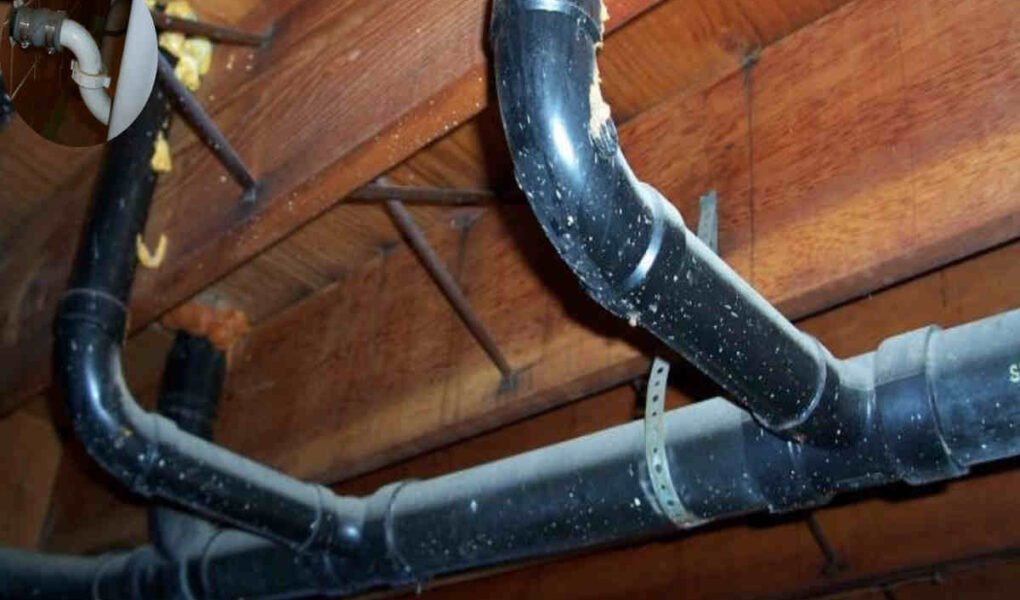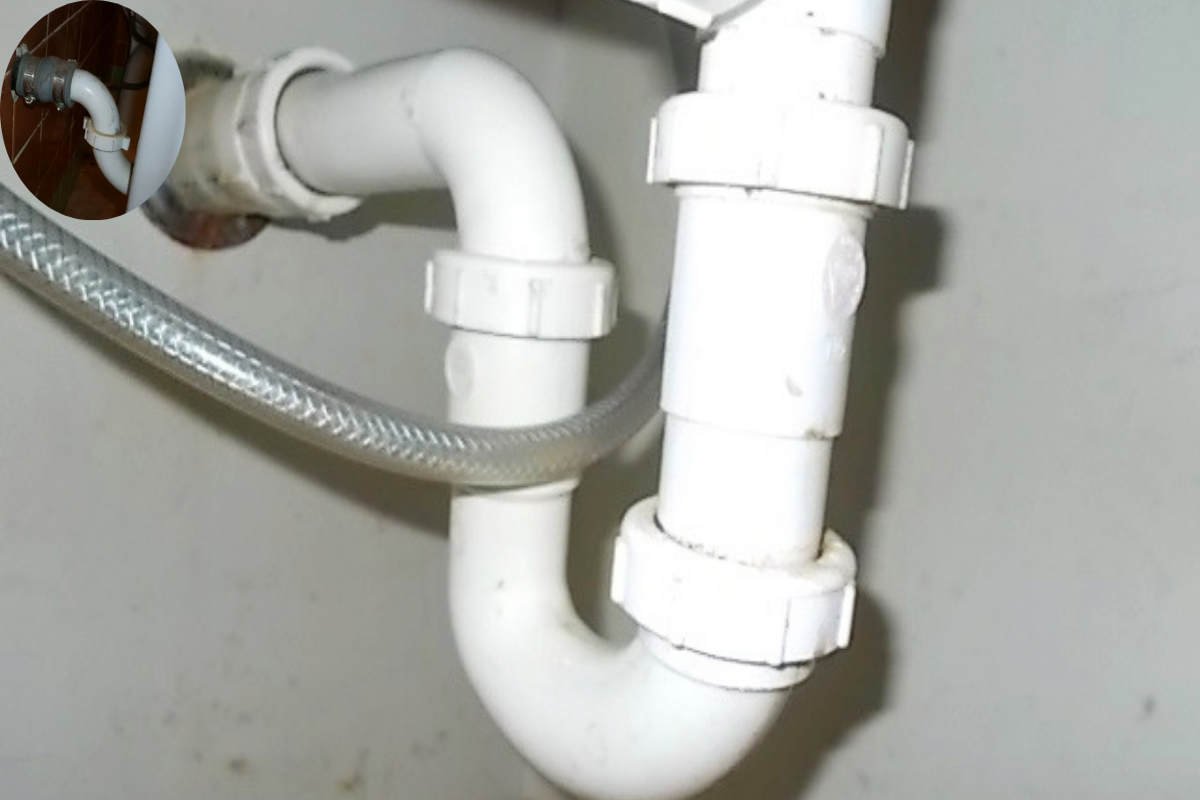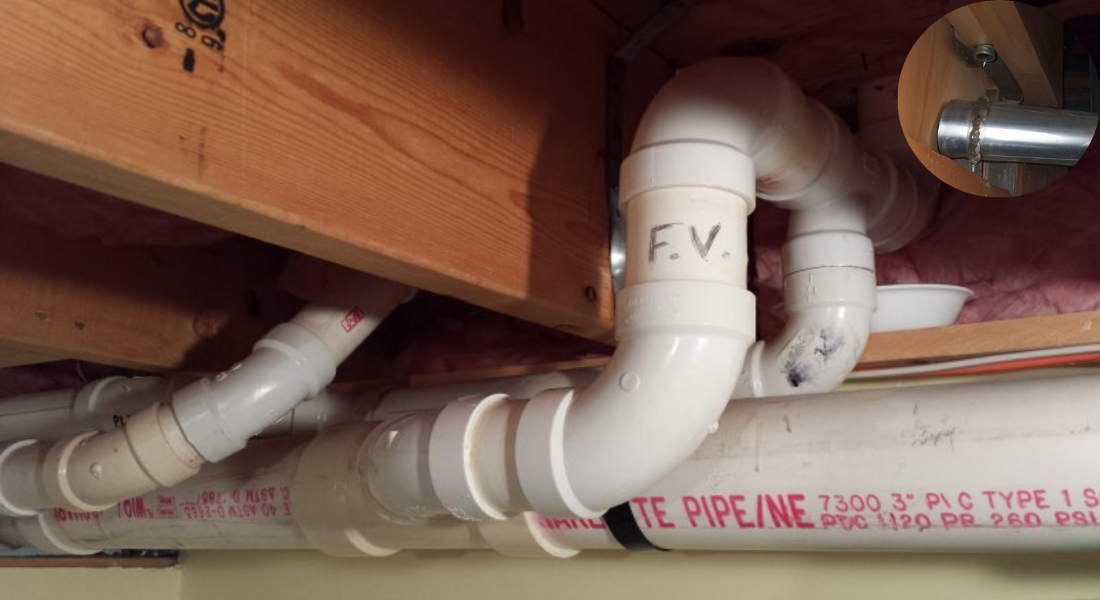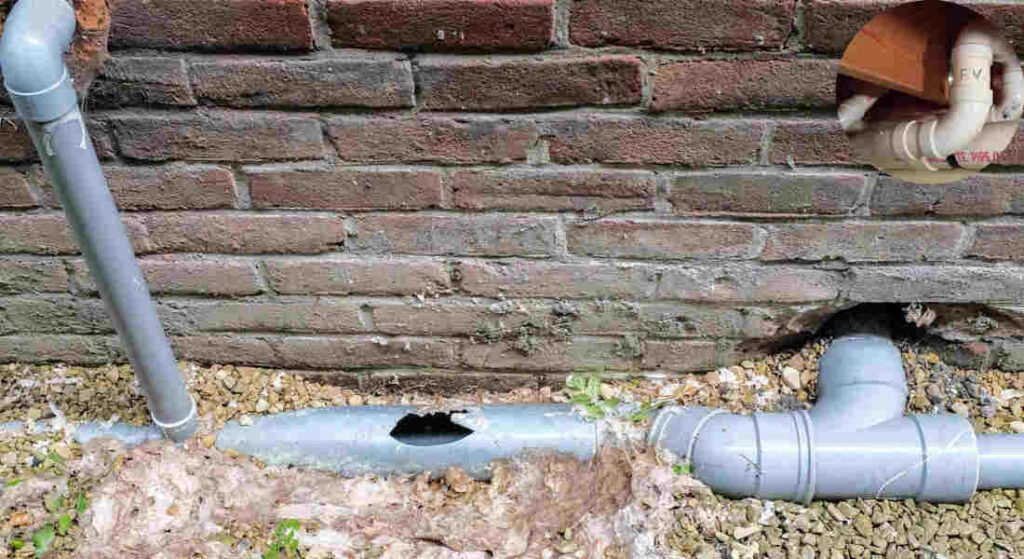Dealing with plumbing issues is never fun, but a leaking plumbing stack requires immediate attention. If left unresolved, it can result in water damage, mold growth, and expensive repairs. Fortunately, many homeowners can tackle this issue with the proper knowledge and tools
The plumbing stack is critical to your home’s drainage and ventilation system. It ensures that wastewater flows out of your home efficiently, allowing air to enter the plumbing system for proper drainage. However, wear and tear, corrosion, or poor installation can lead to leaks in the plumbing stack over time.
Ignoring these leaks can cause severe problems, such as structural damage, mold infestations, and skyrocketing water bills. That’s why addressing any plumbing stack issues as soon as possible is crucial.
Understanding the Plumbing Stack
To effectively fix a leaking plumbing stack, it’s essential to understand what it is and how it functions.
What Is a Plumbing Stack?
A plumbing stack, also called a vent stack, is a vertical pipe that serves two critical purposes:
- It allows wastewater to drain from your sinks, toilets, and other fixtures to the sewer or septic system.
- It provides ventilation to prevent sewer gases from entering your home.
The stack typically runs from your home’s basement or foundation, through the roof, and into the open air.
Common Materials and Lifespan
Plumbing stacks are made from durable materials, such as:
- Cast Iron: Known for its longevity, but prone to corrosion over time.
- PVC (Polyvinyl Chloride): Lightweight, affordable, and corrosion-resistant.
- ABS (Acrylonitrile Butadiene Styrene): Similar to PVC but with added durability.
The lifespan of a plumbing stack largely depends on the material. Cast iron stacks can last up to 50-100 years, while PVC and ABS stacks typically last 25-50 years.
How Do Leaks Develop?
Leaks in the plumbing stack may occur due to:
- Corrosion: Common in older cast iron pipes.
- Damaged Joints: Weak or cracked connections between pipe sections.
- Roof Flashing Issues: Deteriorated seals where the stack meets the roof.
- Physical Damage: Accidents or improper installation that compromise the pipe’s integrity.
Signs of a Leaking Plumbing Stack
Not all leaks are immediately visible, so it’s essential to recognize the warning signs:
- Water Stains: Discolored spots on walls or ceilings near the stack.
- Dripping Sounds: Continuous dripping noises, especially during rain or water usage.
- Musty Odors: A damp, unpleasant smell, often caused by mold or mildew.
- Mold Growth: Dark patches of mold near the stack or adjacent areas.
Identifying a Leaking Plumbing Stack
Before you can repair the leak, you need to locate its source. Here’s how you can identify a leaking plumbing stack:
You may also read (responsible for home plumbing).
Visual Inspection
Start by examining the plumbing stack for visible signs of damage. Look for:
- Cracks, holes, or corrosion along the pipe.
- Leaks around pipe joints or connections.
- Gaps or deterioration in the roof flashing or rubber boot.
Tip: Use a flashlight to inspect hard-to-see areas.
Tools for Hidden Leaks
If the leak isn’t visible, you may need additional tools, such as:
- Moisture Detectors: These devices can identify damp spots in walls or ceilings.
- Inspection Cameras: Plumbing cameras can be inserted into the stack to locate internal damage.
When to Call a Professional
If you can’t find the leak or it appears extensive, it’s best to call a licensed plumber. Professionals have advanced tools and expertise to assess and repair complex plumbing issues.
Tools and Materials Needed for Repair
Before starting any repairs, gather the necessary tools and materials. Having everything on hand will make the process smoother.
Essential Tools
- Adjustable Wrench: For tightening and loosening fittings.
- Pipe Cutter or Hacksaw: To remove damaged sections of the pipe.
- Pipe Primer and Cement: For securing PVC pipe connections.
- Rubber Couplings: To connect different pipe sections.
- Teflon Tape: For sealing threaded joints.
- Roofing cement or silicone sealant is used to seal the roof flashing.
Safety Equipment
- Gloves: Protect your hands from sharp edges and chemicals.
- Goggles: Shield your eyes from debris.
- Protective Clothing: Avoid getting dirty or exposed to harmful substances.
- Ladder: For accessing the roof safely.
Optional Materials
- Epoxy Putty: For temporary fixes on small cracks or holes.
- Pipe Repair Clamps: Another option for temporary leak containment.
Step-by-Step Guide: How to Fix a Leaking Home Plumbing Stack
Now that you’re prepared, let’s dive into the repair process. Follow these steps carefully for a successful fix:
Turn Off the Water Supply
Before starting, turn off the water supply to prevent any flow in the stack. Avoid using sinks, toilets, or other fixtures connected to the stack if possible.
Locate and Inspect the Leak
Using the inspection methods mentioned earlier, confirm the source of the leak. Double-check for any additional damage that may need repair.
Remove Damaged Pipe Sections
If the leak stems from a crack or hole in the pipe, use a pipe cutter or hacksaw to remove the damaged section. Ensure clean, straight cuts for proper reinstallation.
Prepare Pipe Ends
For PVC pipes, apply pipe primer to the ends of the pipe and fittings. Follow up with PVC cement to create a secure bond. Rubber couplings are used to connect ABS or cast iron pipes.
Install Replacement Pipe Section
Insert the replacement pipe section and tighten the fittings securely. Use Teflon tape on any threaded joints to ensure a watertight seal.
Inspect and Repair Roof Flashing
Inspect the flashing or rubber boot if the leak is near the roof. Replace any damaged flashing and seal the area with roofing cement or silicone sealant.
You may also read (home plumbing repairs).
Reconnect Fittings and Test the System
Reconnect any removed fittings and turn the water supply back on. Observe the repaired area for any signs of leakage.
Monitor Over Time
Even after a successful repair, keep an eye on the area to ensure the problem doesn’t recur.
Troubleshooting Tips
- Persistent Leaks: Check for improperly sealed joints or additional damage.
- Unsteady Connections: Tighten fittings or replace couplings as needed.
Temporary Fixes and When to Use Them
Sometimes, a temporary fix is necessary before performing a permanent repair. Here are a few options:
Epoxy Putty
This moldable material can be applied directly to small cracks or holes. Ensure the pipe is dry before application for the best results.
Pipe Repair Clamps
These clamps wrap around the pipe to temporarily seal leaks. They’re handy for high-pressure areas.
Limitations of Temporary Fixes
While effective in the short term, temporary repairs are not a permanent solution. Address the underlying issue as soon as possible to prevent further damage.
Preventive Maintenance Tips to Avoid Future Leaks
Preventing leaks is always better than fixing them. Here’s how to keep your plumbing stack in good condition:
- Regular Inspections: Check your plumbing stack and roof flashing periodically for signs of wear or damage.
- Clear Vent Pipes: Remove debris, such as leaves or bird nests, that may block the vent.
- Seasonal Maintenance: Protect pipes from freezing during winter with insulation or heating tape.
- Professional Inspections: Schedule a plumber to inspect your system every few years.
When to Call a Professional Plumber
Not all plumbing issues can be resolved with DIY repairs. Call a professional if you notice:
- Extensive damage or multiple leaks
- Inaccessible pipes (e.g., behind walls or ceilings)
- Recurring leaks despite repairs
Choosing a Reliable Plumber
When hiring a plumber, look for:
- Proper licensing and insurance
- Positive customer reviews
- Transparent estimates and pricing
You may also read (shower fixtures in your home).

